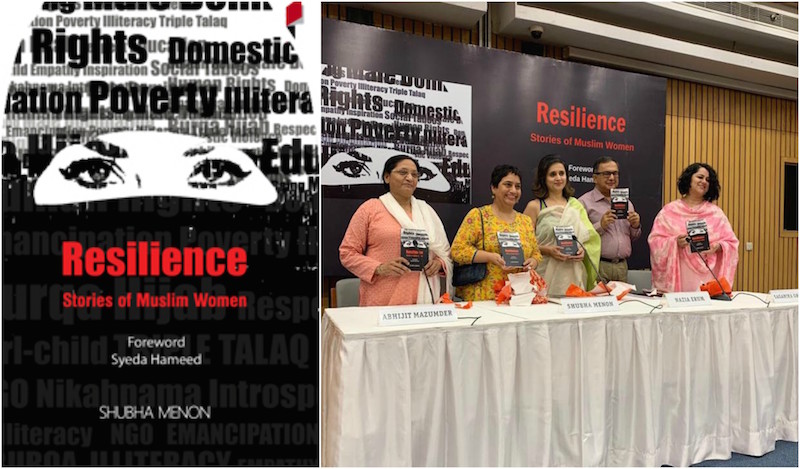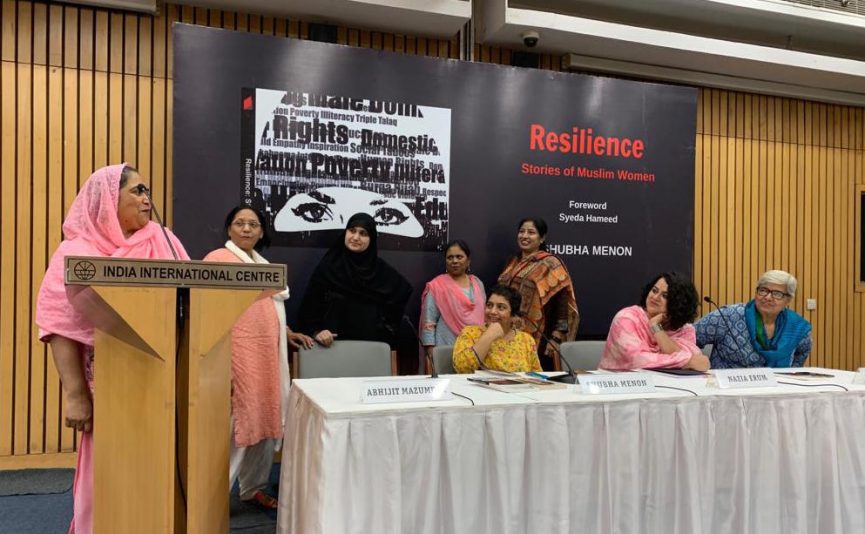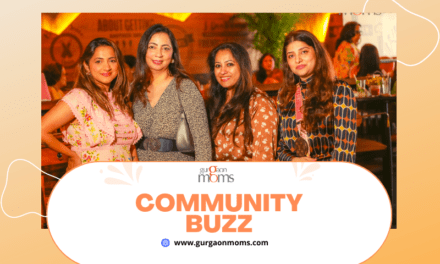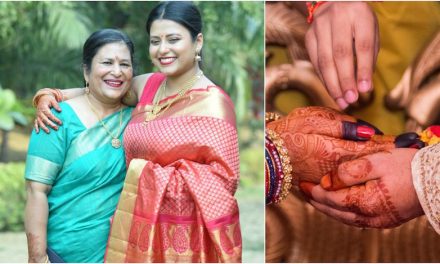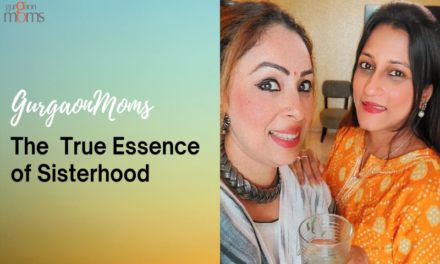Act Now for Harmony and Democracy (ANHAD), has its office in Nizamuddin West. On weekends, ANHAD hosts a variety of interesting stuff – talks, potlucks and workshops. My association with the NGO began when I attended their Baat Cheet sessions where eminent people came and spoke on art, culture, music and cinema. Who would have thought that brilliant artists like Vidya Rao, Dhruv Sangari and Anusha Rizvi would talk about their art in the obscure ANHAD basement? I felt like I had struck a goldmine. Especially since all the sessions were free.
It so happened that after a few months, I found myself not just attending but also arranging the Baat Cheet sessions. My visits to ANHAD grew more frequent and I became friends with Shabnam Hashmi, or should I say, her admirer.
Shabnam Hashmi is one gutsy person. And she is indefatigable. I used to think advertising people like me kept crazy hours but she beats us hollow. Unlike us advertising types who use our energy to meet client deadlines, Shabnam spends sleepless nights organizing marches, ‘dharnas’ and protests to defend human rights.
Not many people know that from 1980 to 1985, Shabnam ran an adult education centre called SEHER, in the Nizamuddin Basti. Neither did I, till she told me that she wanted someone to write a book about it and if I was interested. It was to be a story about 10 girls from the SEHER Centre. It would depict what difference education had made in their lives. I was immediately intrigued and decided to take it on. It would be a different kind of writing experience for me, something entirely new.
I am a South Delhi person who went to a high-end boarding school. My visits to the Basti showed me up close and personal how different life was for so many. Initially, I would visit the girls’ homes and refuse to drink water because I wasn’t sure it was filtered. Snacks would be served and I would worry about the quality of the oil used for frying. But with time, I began to discern the beauty. I saw immense grace under relentless fire. I met women whose lives personified resilience, who had won over tremendous odds and could still face the world with a smile.
One of the girls, Farida, had been made to wear a burqa at 9 and had been married off at 12. By the time she was 16, she had two children and was abandoned by her husband. This amazing girl went on to become the director of PEHCHAAN, another adult education centre, built on the lines of SEHER.
Shabnam did not charge a tuition fee from the girls. Not just her, but her mother, sister and her fiancé Gauhar, also taught at the Centre. None of them took home a pay cheque, yet gave freely of themselves. In fact, day-to-day expenses were met by Gauhar’s salary from his day job.
RESILIENCE: Stories of Muslim women is a book born out of Shabnam’s courage. Its pages are stamped with the resilience of the SEHER girls. And every word speaks of rare commitment and unconditional generosity.
I don’t have it in me to be as brave as Shabnam.
Or as resilient as the girls.
But yes, I can be generous.
Author’s proceeds from RESILIENCE: Stories of Muslim women will go to the girls of the PEHCHAAN Centre.
Author of The Second Coming (HarperCollins India) and RESILIENCE: Stories of Muslim women (Frontpage)

